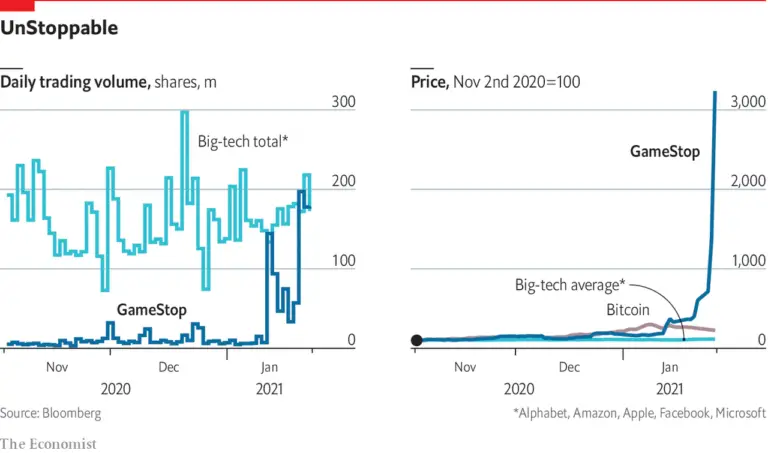Forex Trading Unveiled: Navigating Success in the Currency Markets
For those who seek to venture into the deep waters of financial trading, Forex (foreign exchange) is akin to the undiscovered country. Each day, over five trillion dollars worth of currencies are traded across the globe, making it the largest and most liquid market in the world. Yet, to the uninitiated, Forex can appear like an insurmountable peak; the terminologies are foreign, the charts appear as hieroglyphs, and the stakes seem sky-high.
This comprehensive guide aims to shed light on the intricacies of Forex trading so that beginners, and even those with a modicum of experience, can sail these tumultuous waters with confidence and direction toward profitable horizons.

Introduction to Forex Trading
The Forex market is where currencies are traded. Here, national currencies are bought and sold by individuals, businesses, and central banks all over the globe. Unlike traditional stock exchanges, Forex operates 24 hours a day, starting in Sydney, then Singapore, Tokyo, London, and New York, as the sun circles the earth.
For the global economy, Forex is the bedrock upon which international trade and investment stand. Fluctuations in currency values can have far-reaching effects, influencing inflation, interest rates, and import/export prices.
Yet, despite its global influence, the Forex market is surprisingly accessible to the average trader. The rise of online trading platforms means that any individual with an internet connection can participate in currency transactions.
Understanding the Basics
What is Forex Trading?
Forex trading entails the simultaneous buying of one currency and selling another. Currencies are always quoted in pairs, such as USD/JPY or GBP/USD. The reason for this is the relative value of one currency against another, which fluctuates in response to economic and geopolitical factors.
Key Terms and Concepts
- Pip: The smallest unit of price movement for any currency pair.
- Spread: The difference between the buy and sell prices of a currency pair.
- Leverage: The ability to control a large position with a smaller amount of money. It multiplies gains and losses, magnifying the risk.
- Margin: The amount of money required in your account to maintain a position. It changes with the value of the traded currency.
Tools and Platform
Traders use various tools to analyze the Forex market.
- Charts: Candlestick charts, line charts, and bar charts provide visual data on currency value changes over time.
- Indicators: Technical analysis tools that help forecast market direction, such as moving averages, RSI, MACD, and Bollinger Bands.
- Economic Calendars: Keep track of key economic events and announcements that could impact the market.
Strategies for Beginners
Day Trading vs. Swing Trading
- Day Trading: Opening and closing positions within the same trading day.
- Swing Trading: Keeping trades open for a few days, aiming to catch larger market moves.
Technical vs. Fundamental Analysis
- Technical Analysis: Analysis of price charts and data using mathematical calculations and historical price movements.
- Fundamental Analysis: Examining the broader economic or geopolitical context that could affect currency values.
Risk-Reward Ratio
Understanding the risk-reward ratio is crucial for managing and weighing the risks of a trade against its potential gains.
The Psychology of Trading
Too often, the conversation around trading centers on strategies and tools, while the emotional and psychological aspects are sidelined. However, these factors can be the difference between success and failure.
The Trader’s Mindset
Acknowledging the pressures of trading and developing a resilient mindset is imperative.
- Discipline: Stick to a trading plan and avoid impulsive behaviors.
- Patience: Wait for the right opportunity rather than forcing trades.
- Calm: Keep a clear head, especially when facing losses.
The Emotional Rollercoaster
Trading can induce a spectrum of emotions, from the euphoria of a winning trade to the despair of a loss.
Techniques for Overcoming Psychological Challenges
- Meditation and Mindfulness: Techniques to stay calm and focused.
- Record-Keeping and Journaling: Documenting trades and emotions helps to review and improve decision-making.
Risk Management
The golden rule of trading is to never risk more than you can afford to lose. Sound risk management is the backbone of successful Forex trading.
Setting Stop-Loss Orders
A stop-loss order is a pre-set level where your trade will close if the market moves against you. It’s a vital tool to protect your capital.
Position Sizing
Determining the size of your positions is a critical aspect of managing risk. Never commit your entire trading account to a single trade.
Diversification
Don’t put all your eggs in one basket. Diversifying your trades across different currency pairs can help spread and manage risk.
Technology in Forex
The advancement of technology has revolutionized the Forex market, bringing a wealth of information and tools to the trader’s fingertips.
Trading Platforms
From MetaTrader to cTrader, a plethora of trading platforms cater to different trading styles and strategies.
Mobile Trading Apps
The ability to trade from your smartphone or tablet offers unprecedented flexibility and convenience.
Automated Trading Systems
Algorithms and trading bots can execute trades based on pre-defined criteria, cutting out human error and emotion.
Case Studies
Real-world examples of successful Forex traders can provide invaluable insights into the practices that led to their success.
Study 1: Alexander Elder
A physician turned professional trader, Alexander Elder is renowned for his Triple Screen Trading System and emphasis on trading psychology.
Study 2: George Soros
The man who ‘broke the Bank of England’, George Soros is famous for his involvement in the 1992 Black Wednesday currency crisis, which earned him over $1 billion in profit.
Study 3: Kathy Lien
An expert in both technical and fundamental analysis, Kathy Lien is a well-known currency strategist who regularly lends her expertise to business media.
Conclusion
Forex trading is not for the faint-hearted. It requires a blend of knowledge, discipline, and a certain degree of risk appetite. By understanding the foundational concepts, adopting proven strategies, managing risk effectively, and leveraging available technology, aspiring traders can chart a course towards financial success.
Remember, the Forex market is a dynamic and complex ecosystem that demands continuous learning and adaptation. In the same breath, it offers boundless opportunities for those who are willing to commit and develop the skills necessary to thrive.
For those who take the plunge, their Forex trading voyage may lead to great fortune and a deeper understanding of the interconnectedness of the global economy. Take these insights to heart, prepare diligently, and may the currency winds be forever in your favor.
If this guide has ignited your interest in Forex trading, the next step is to dig deeper. There are a wealth of resources available online, from educational platforms and community forums to books written by successful traders. Engage with these materials, open a demo account, and start trading virtual money to put your knowledge to the test. Remember, Rome wasn’t built in a day, and nor will your trading career be. But with patience, perseverance, and a thirst for knowledge, you can set sail on your own trading odyssey, one that may well redefine your financial future.








